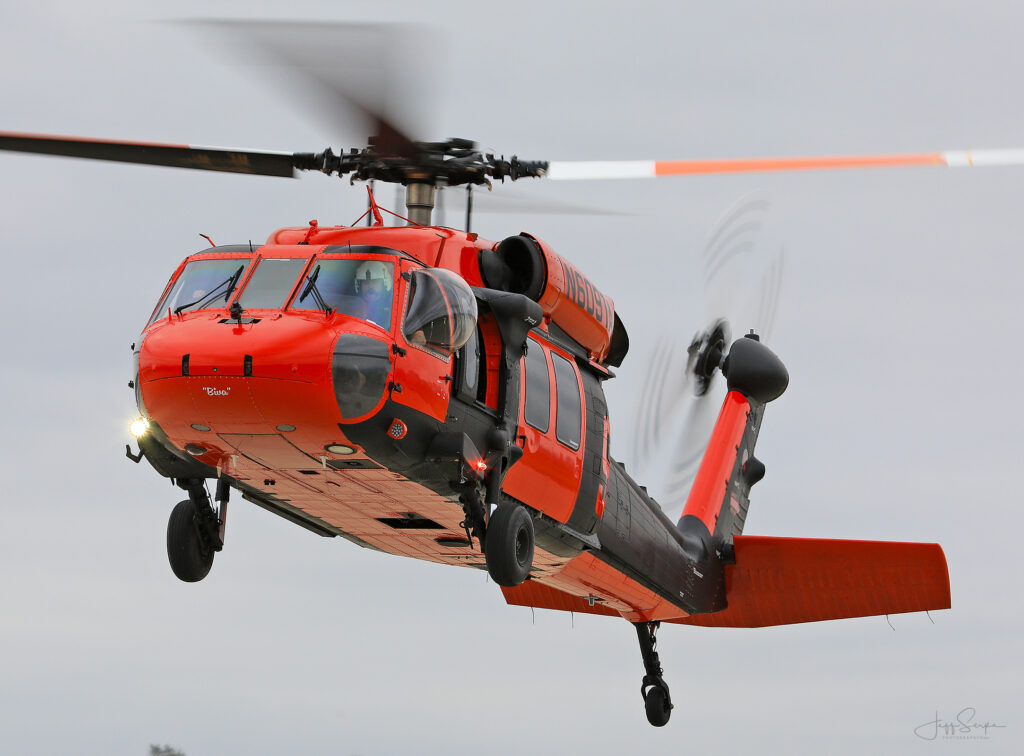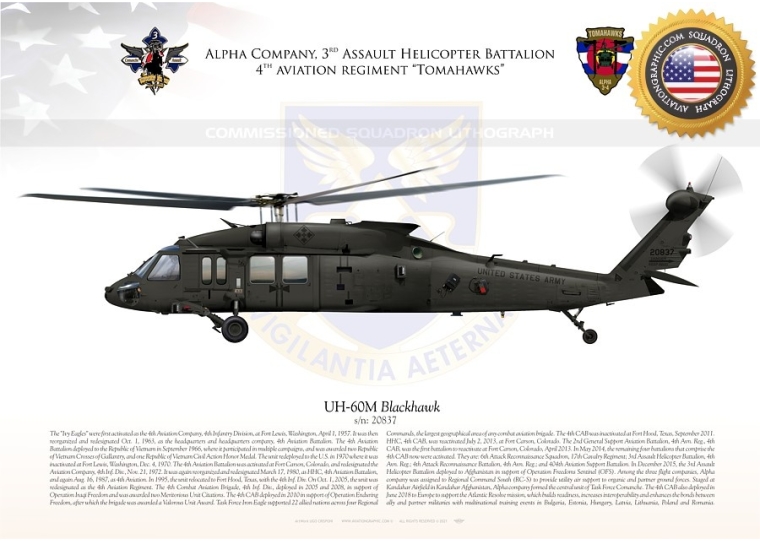UH 60: A Reliable Helicopter for Search and Rescue, Transport, and Combat Operations
Exploring the History and Development of the UH 60 Helicopter

Origins of the UH-60
The beginnings of the UH-60 helicopter can be traced back to the late 1960s, a period noted by the need for a versatile energy aircraft that can adjust to the developing needs of modern-day war. The united state Army identified the need for a substitute for the older UH-1 Iroquois, which was ending up being significantly insufficient for the complexities of modern battle situations. In 1967, the Army initiated the Energy Tactical Transport Aircraft System (UTTAS) program, which looked for to create a multi-role helicopter efficient in various missions, including army transport, clinical emptying, and logistical assistance.
The design competitors attracted a number of aerospace suppliers, but it was Sikorsky Airplane Corporation that eventually safeguarded the agreement in 1972. The UH-60 Black Hawk was presented, showcasing innovative design aspects and progressed innovation that set it in addition to its precursors. Its maiden trip happened in 1974, and the aircraft was officially taken on by the Military in 1979. The UH-60 promptly acquired acknowledgment for its robust efficiency, dependability, and versatility, leading the way for its substantial usage in armed forces procedures and solidifying its condition as a keystone of united state Military aviation.
Trick Design Attributes
Innovative style features of the UH-60 Black Hawk dramatically add to its operational effectiveness. Among one of the most notable aspects is its twin-engine configuration, which boosts dependability and provides a higher power-to-weight proportion, allowing the helicopter to execute under different problems. The airplane's four-blade major rotor system provides boosted lift and ability to move, vital for tactical objectives.

Additionally, the cabin is created for optimum visibility and functional designs, featuring innovative avionics that enhance pilot operations. The modular design of the UH-60 enables very easy upkeep and adaptability, making it suitable for various goal profiles, from army transportation to medevac operations. These crucial style features ensure that the UH-60 Black Hawk stays a reliable and versatile asset in army aviation, efficient in meeting the needs of modern-day war.
Technological Improvements
Current technical advancements in the UH-60 Black Hawk have substantially enhanced its functional abilities and versatility. The assimilation of innovative avionics, such as electronic flight control systems and boosted situational awareness display screens, permits pilots to run with enhanced precision and effectiveness. These systems promote boosted navigating, communication, and data sharing, allowing the helicopter to operate effectively in varied settings.
Additionally, the intro of composite products has actually lowered the general weight of the aircraft while keeping structural stability. This decrease improves fuel performance and expands operational range. The consolidation of advanced blades technology, including the use of four-blade, fully verbalized rotor systems, has improved lift performance and maneuverability, permitting better handling in various flight problems.

Additionally, improvements in propulsion systems, such as the T700-GE-701D engines, have actually boosted power result and reliability - uh 60. These engines contribute to remarkable efficiency in hot-weather and high-altitude conditions
Finally, the assimilation of self-defense systems and improved sensor bundles improves the Black Hawk's survivability and goal performance. Jointly, these technical improvements make certain that the UH-60 Black Hawk remains a crucial property in contemporary aviation, capable of adapting to the developing demands of military and altruistic goals.
Function in Armed Force Operations
As the foundation of united state Army aviation, the UH-60 helicopter plays an essential function in various armed forces operations, functioning as a flexible system for combat support, transportation, and medevac objectives - uh 60. Its design integrates the capability to operate in diverse atmospheres, making it necessary for troop motion and logistical assistance in both unique and conventional war

In medical discharge circumstances, the UH-60 has actually verified indispensable, significantly decreasing the moment to carry wounded soldiers from the field of battle to clinical facilities. Its advanced avionics and evening vision capabilities better make certain objective success under challenging problems. Generally, the UH-60 helicopter remains an essential asset, constantly adjusting to satisfy the advancing demands of army procedures and boosting the performance of united state pressures worldwide.
Future of the UH-60
Looking ahead, the future of the UH-60 helicopter involves considerable advancements in modern technology and capabilities designed to boost its functional performance. As military operations develop, the web UH-60 is expected to integrate cutting-edge technologies, including boosted avionics, enhanced weapons systems, and progressed interaction devices. These improvements will certainly enable for higher situational awareness and goal flexibility, making certain that the UH-60 stays a vital asset on the battleground.
One remarkable advancement is the assimilation of fly-by-wire systems, which will improve flight control precision and lower pilot workload. Efforts to update the airframe and engines aim to raise rate, payload, and array ability, thus broadening the helicopter's operational range.
The future additionally holds assurance for enhanced interoperability with unmanned airborne systems (UAS), allowing worked with objectives that utilize both manned and unmanned capacities. In addition, the incorporation of expert system and artificial intelligence could optimize flight dynamics and upkeep procedures, resulting in lowered functional costs.
Conclusion
The UH-60 Black Hawk helicopter stands for a significant accomplishment in army air travel, developing from the U.S. Army's first needs for a flexible energy aircraft. Its innovative layout functions and continuous technical advancements have ensured its significance in numerous armed forces procedures over the decades. As the demands of modern-day warfare change, the future of the UH-60 will likely entail additional enhancements and adjustments, strengthening its status as an essential possession for militaries worldwide.
The UH-60 Black Hawk helicopter stands for a visite site substantial turning point in military air travel, emerging from the United state Army's pursuit for a more functional and trusted energy aircraft in the late 20th century.The origins of the UH-60 helicopter can be mapped back to the late 1960s, a period noted by the need for a functional utility aircraft that can adapt to the advancing demands of modern-day warfare. Overall, the UH-60 helicopter stays a vital possession, continually adapting to fulfill the developing needs of military operations and improving the performance of U.S. pressures worldwide.
Looking in advance, the future of the UH-60 helicopter involves considerable innovations in technology and abilities made to enhance its functional performance.The UH-60 Black Hawk helicopter represents a considerable accomplishment in army aviation, developing from the United state Military's initial demands for a flexible energy airplane.